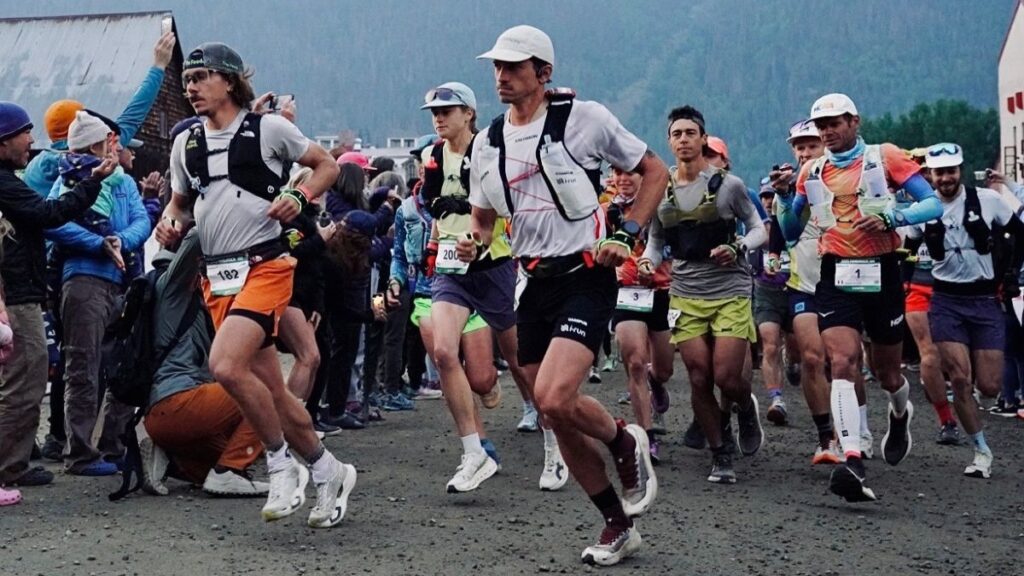In the realm of mountain ultrarunning, preparation for grueling races like the Hardrock 100 underscores the complex interplay of physical conditioning, mental resilience, and tactical decision-making. As competitors endure challenging terrain, fluctuating weather conditions, and the psychological hurdles of long-distance racing, their strategies become paramount. Recent experiences in races such as the Hardrock provide insights into optimizing training plans and race day strategies that can benefit experienced runners.
Training in the lead-up to mountain races often involves not only miles but a thoughtful consideration of one’s physical capabilities and limitations. For example, addressing injuries is common, especially for ultrarunners who maintain high-mileage training regimens. A recent account highlighted an athlete managing significant knee issues leading up to Hardrock. Such experiences reflect the importance of consulting multiple medical professionals, especially when facing chronic pain or biomechanical issues. Runners are urged to focus on mobility, strength, and cross-training—activities such as rowing, cycling, or skiing can keep cardiovascular fitness intact while allowing time for recovery from injuries.
As race day approaches, nutrition strategies during training runs become increasingly significant. For runners tackling mountainous courses, understanding how to fuel the body effectively is crucial. Preparing to address stomach issues, as seen in races like Hardrock, means trialing various foods and hydration options during long training sessions. Athletes often report the efficacy of lighter, easily digestible foods, such as potato soup or ginger ale, during races. These carbohydrate sources can provide the necessary energy without overwhelming the digestive system, especially at altitudes where performance dips and nausea may arise.
Races like Hardrock, which feature substantial elevation changes and technical terrain, necessitate a careful pacing strategy. Runners should consider their threshold limits and set incremental goals throughout the race, particularly during climbs where energy expenditure can deplete mental and physical reserves. By maintaining a steady, controlled pace, athletes can conserve energy for critical segments of the race, especially on descents where speed and agility are crucial to maintain competitive positioning.
The psychological aspects of racing also merit attention. In longer races, fatigue and doubt can lead to a complex mental game that influences performance. Runners are encouraged to develop mental techniques to overcome these lapses, such as visualization, positive self-talk, and focusing on gradual milestones rather than the overall distance. When facing significant challenges, such as being pursued by competitors or managing discomfort, having a fighting spirit to push through can be the difference between an acceptable finish and a competitive one.
Innovation in gear also plays a vital role in performance. Lightweight materials in shoes and apparel are now common, yet it’s essential not to compromise on comfort and support—especially in variable conditions. Selecting equipment that aligns well with the race environment can enhance efficiency and mitigate injury risks. For mountainous terrains, shoes with good traction and breathability, combined with hydration systems that allow easy access to fluids, can significantly impact performance.
Aside from equipment and nutrition, course reconnaissance cannot be overlooked. Familiarizing oneself with the race course, whether through prior participation or detailed mapping tools, can aid in anticipating tougher sections, thus allowing for preemptive energy management decisions. Understanding elevation profiles and nuances in terrain can guide pacing and tactical approaches during the race, optimizing both vertical gain and descent efforts.
As ultrarunners prepare for significant races, one consistent takeaway persists: adaptability is paramount. Whether facing unexpected weather changes, handling injuries, tweaking nutrition plans, or recalibrating racing strategies, maintaining flexibility and a willingness to readjust is essential for success in mountain ultrarunning. This mental adaptability, coupled with a solid foundation of training and race planning, positions athletes for competitive performances in challenging mountain races.
